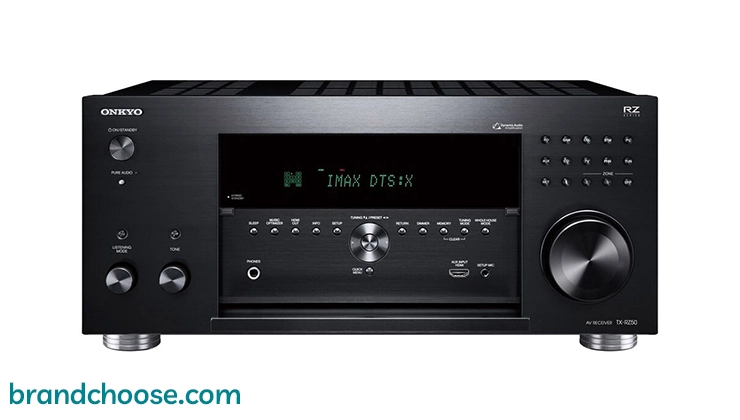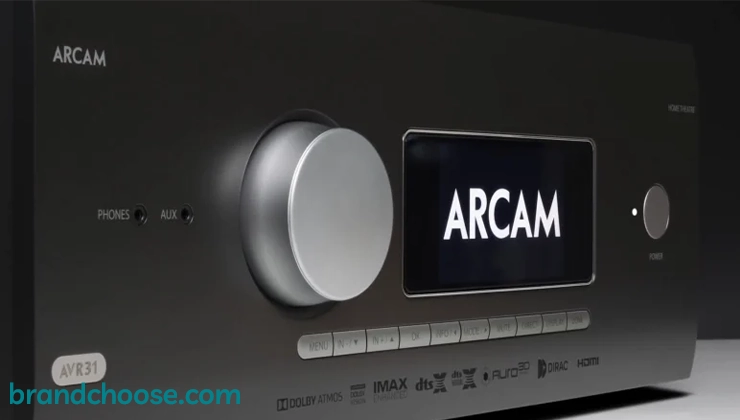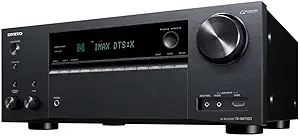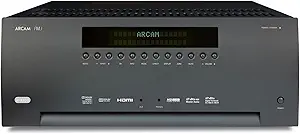
-
Exceptional sound precision with Dirac Live and THX certification.
-
Broad product lineup catering to all budgets, from entry-level to high-end.
-
Excellent value for money in mid-range and high-end models.
-
Strong focus on multi-room audio support and flexible configurations.
-
Durable, rugged designs built for long-term reliability.
-
Comprehensive technical support with longer warranty options.
Onkyo AV Receivers
In the world of home entertainment, the pursuit of captivating audio experiences often leads enthusiasts to the world of audio-visual (AV) receivers. Among the many options available, Onkyo AV receivers have emerged as icons of innovation, performance, and dependability. This article will delve into the unique features, pros, cons, and reasons why Onkyo AV receivers deserve a spot in your home theater setup. Understanding Onkyo AV Receivers Onkyo AV receivers form the backbone of your home entertainment system. They are meticulously designed to decode, amplify, and distribute audio and video signals with precision and clarity. Armed with advanced technology and a dedication to audio excellence, Onkyo receivers offer an immersive audio-visual experience that takes you to the heart of the action.

Connectivity Options
Onkyo, a well-known brand in the AV receivers category, offers a wide range of connectivity options that align with the latest technologies. Their AV receivers, such as the TX-NR696 and TX-NR595, support multiple HDMI inputs and outputs, digital audio inputs, and analog audio inputs. The receivers also have built-in Wi-Fi for wireless connectivity, and Bluetooth for streaming audio from compatible devices. They also support AirPlay 2 and Chromecast, allowing users to stream music, internet radio, and podcasts from their mobile devices directly to the receiver. Compared to other brands, Onkyo stands out for its inclusion of both legacy and cutting-edge connectivity options. For instance, the TX-NR696 includes a phono input for turntables, which is a feature not commonly found in modern AV receivers. However, one potential downside is that Onkyo's AV receivers do not have HDMI 2.1 ports, which are necessary for passing through 8K video signals. Brands like Denon and Marantz have already started including HDMI 2.1 ports in their AV receivers. Despite this, Onkyo's comprehensive connectivity options and support for various streaming technologies make it a competitive choice in the AV receivers market.
Arcam AV Receivers
In the realm of home entertainment, the heart of a truly immersive experience lies within the audio-visual (AV) receiver. Among the myriad of options available, Arcam AV receivers stand out as beacons of innovation, performance, and reliability. In this article, we delve into the realm of Arcam AV receivers, uncovering what makes them exceptional, their unique features, advantages, disadvantages, and why they deserve a place in your home theater setup.

Connectivity Options
Arcam, a renowned brand in the AV receivers category, offers a variety of connectivity options in their models that cater to the needs of modern users. One of the key features is the inclusion of HDMI 2.1 ports, which support 8K/60Hz and 4K/120Hz video pass-through, ensuring compatibility with the latest high-definition video formats. Additionally, Arcam AV receivers also provide eARC (Enhanced Audio Return Channel) support, which allows for the transmission of Dolby Atmos and DTS:X from TV apps with a single HDMI connection. In comparison to other brands, Arcam stands out with its inclusion of Dirac Live room correction technology, which can be connected to a computer for a higher level of customization. However, one potential downside is that some users may find the lack of built-in Wi-Fi a drawback, as many competitive models offer this feature. Nevertheless, Arcam compensates with Ethernet connectivity and Bluetooth, ensuring users can still stream music from devices or connect to home networks. Despite these minor cons, when it comes to connectivity options, Arcam AV receivers are on par, if not superior, to many other brands in the market.
















